- Learning time
- 30 minutes
- First play time
- 80 minutes
Oregon
Designed by: Åse Berg,Henrik Berg
Oregon is a game of settling in the old west; players establish churches and casinos, they dig for coal and pan for gold. The play progresses through two sets of cards: area and buildings.
The board is placed centrally and shows – at the start – the unsettled region of Oregon, with plains and forests and mountains. It is broken into a grid, and during the game you’ll be adding buildings and settlers to the board. Your choice of location will be dictated by the area cards: these are made up of several sets: wagons, people, eagles, bison, and fire. Along the top and side of the board are matching symbols, and the lines of longitude and latitude your cards match dictate where you are able to place settlers and buildings.
You begin with three area cards and one building card. On your turn you have a choice; you can play two area cards and place a settler on the grid where the symbols intersect, or you can play one area card with your building card, and place the building on the grid in a location that matches the area card. You then replenish up to four cards, making sure you always have at least one of each type of card: building and area.
Additionally you have two chits at your disposal: a joker, and a second turn. Your joker can be played as any card you don’t have in your hand, and your second turn chit can be played to allow you to have… a second turn. Once played, these chits get flipped over to say they have been used. However – you can get them flipped back to the active side by careful placement of your settlers. A settler next to a casino will flip your joker back. A settler next to a railway station will flip your second turn back. Both of these placements will also score you a single point.
Other buildings score too; harbours get you 4 points, churches get you a point for however many settlers are adjacent to it (no matter whose they are), coalmines and goldmines get you matching chits that score points at the end of the game. Placing three settlers of your own colour adjacent to each other also scores you a respectable 5 points.
Play continues with players adding buildings and settlers to the board until either four stacks of buildings run out, or any of the players run out of settlers to place. Once you know the placement rules, Oregon is reasonably light on the rules – but it has a great deal of depth to its play.
The guru's verdict
-
Take That!
Take That!
There is a thin seam of Take That ruling through Oregon: you can spot where other players are hoping to establish three settlers together for that five point bonus, and cut them off. But it's not the dominating mechanic of the game.
-
Fidget Factor!
Fidget Factor!
It really does depend on how everyone plays. If you have a number-cruncher at the table computing every eventuality, the fidget factor will creep up. But the game isn't for little ones anyway.
-
Brain Burn!
Brain Burn!
Moderate - you have control over where you place your settlers or buildings, but with the restrictions of the cards in your hand there is some juggling to do and a little mental arithmetic.
-
Again Again!
Again Again!
After that first play everyone will get it and Oregon will speed up. The shuffled cards ensure the game is always different.




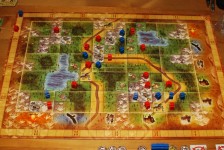
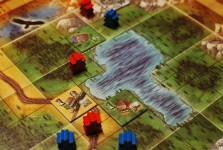


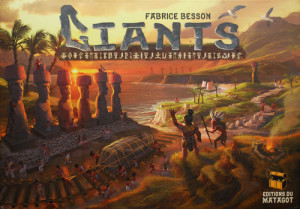
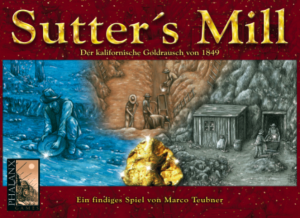
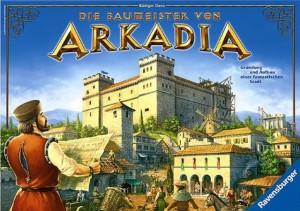
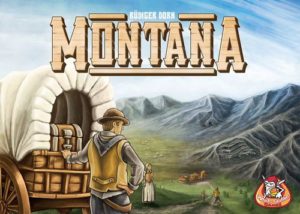
Sam says
It can be quite the head-scratcher, this one, but with 3 or 4 players who like to play on the hoof you can bash it out quickly. I think it's a level of complexity up from something like Carcassonne but still contains an element of luck in what cards you pick up. A clever game.